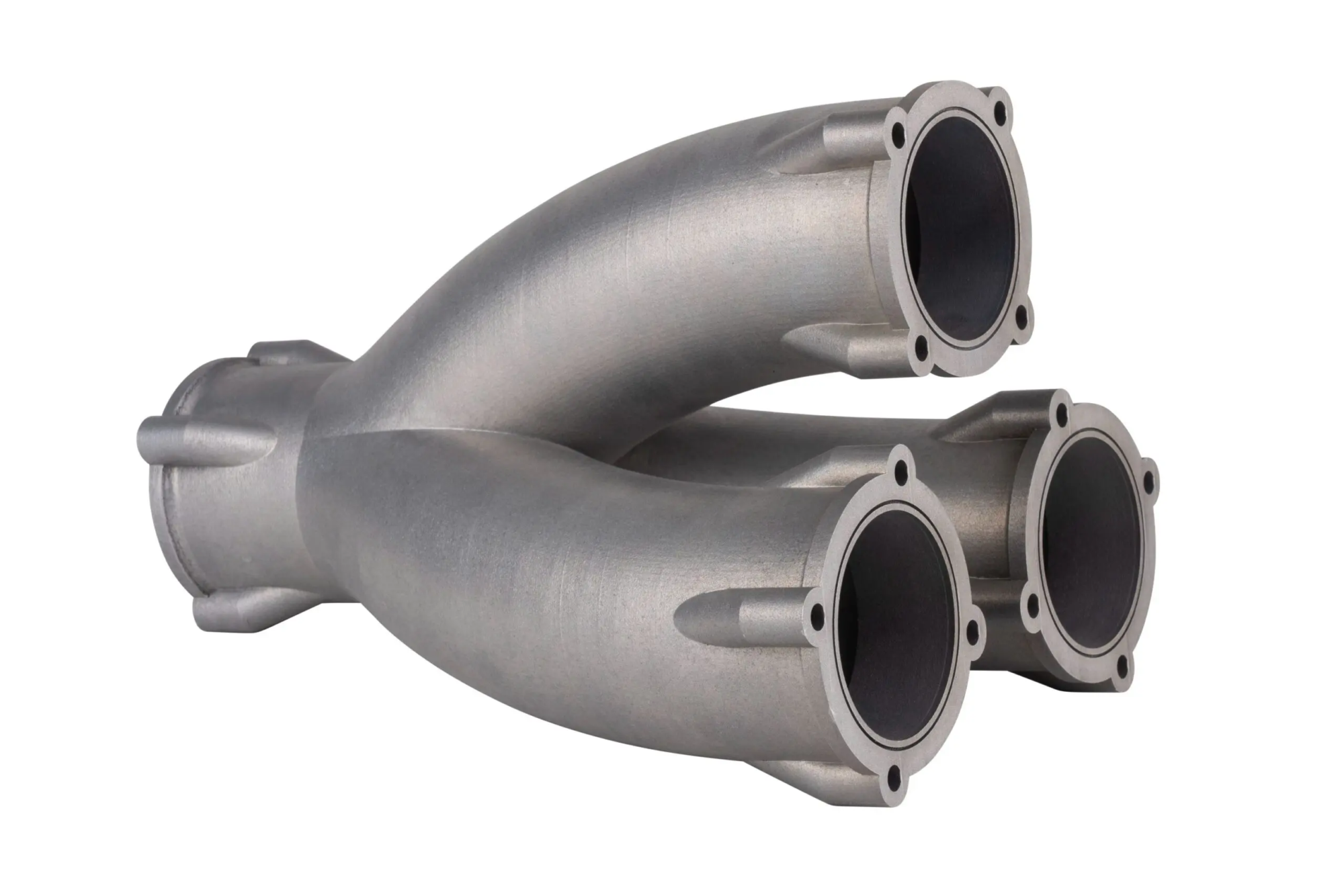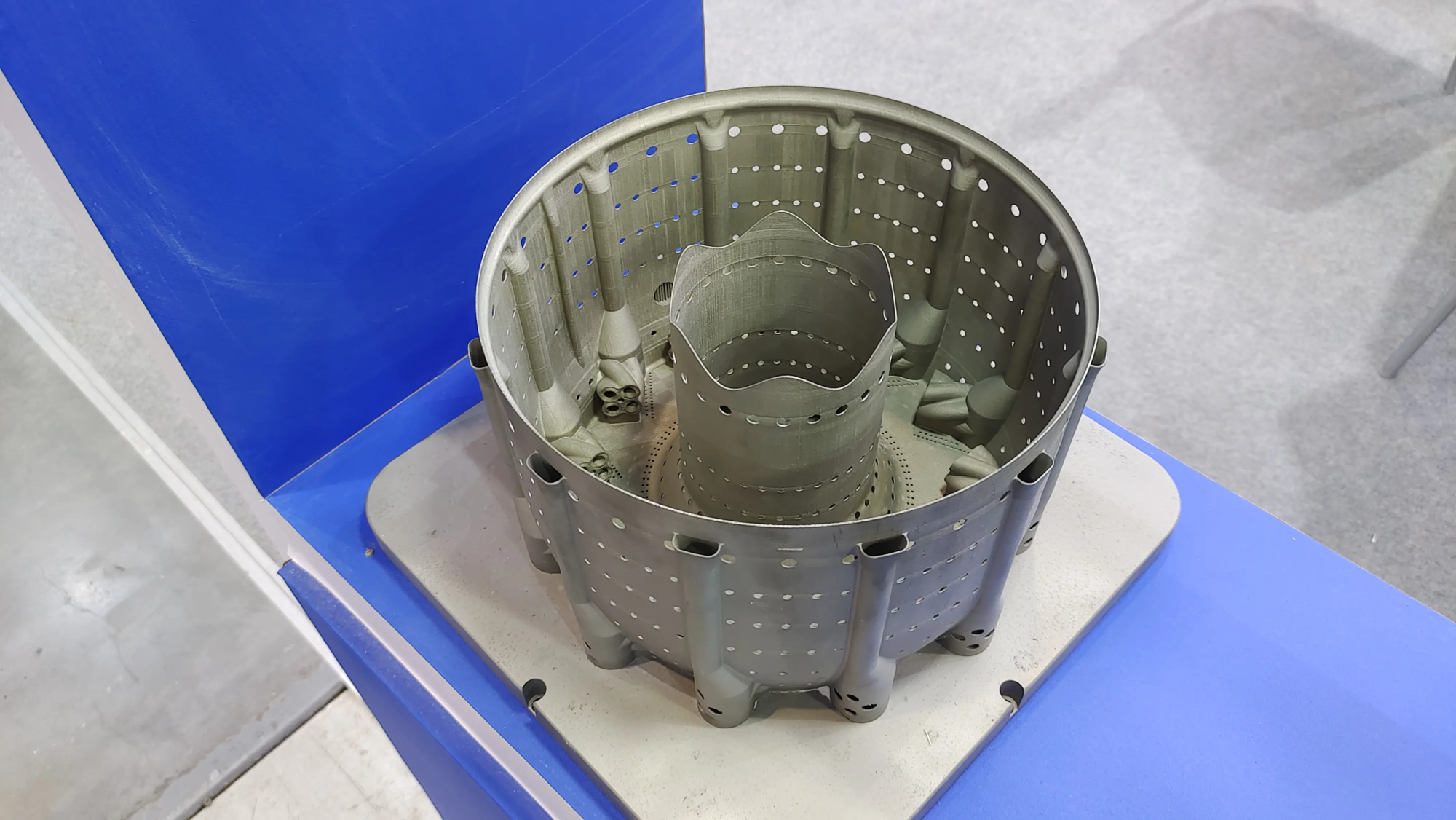While the importance of interior automotive design in driving experience is gradually increasing, 3D printing technology becomes a key tool for manufacturers.
In recent years, the scope of the application of 3D printing technology in the automotive industry has developed continuously, in particular in the field of automotive interior decoration. Car manufacturers use this technology to carry out a personalized design, complex structural manufacturing and hardware innovation, adding more functionalities and visual effects inside.
Compared to traditional crafts, 3D printing not only allows the design of the complex form, but also supports highly personalized personalization. The flexibility of this technology helps the automotive industry meet various needs while exploring more possibilities for innovative conceptions. Then follow the resource library to find out more about certain examples of 3D printing application in automotive interior design.
3D printed parts in Alpine brand electric vehicles
After developing a series of personalized accessories for Peugeot 308, the French 3D 3D print service provider Erpro announced cooperation with the Alpine brand. The protagonist of this time is A390_β, the first 100% electric sports car from the Alpine brand combines a variety of 3D printed parts using SLS technology.
In production, the Biosomer Pebax® Rnew® elastomer developed by Arkema is used. In addition, 3D printed parts have a clear coating which is inspired by nature and ultimately gives an ice -shaped appearance. This innovation demonstrates Alpine’s efforts to combine the design, technology and philosophy of environmental protection.
3D printing in 18K gold from Bentley Batur
In 2022, British automaker Bentley released the Batur, named Lake in Bali, Indonesia, saying that he is one of the most powerful Bentley models of all time. The car is equipped with a Double Double Turbocharger W12 engine of 6.0 liters which offers more than 740 horsepower. But the most catchy thing is the 3D printing application in its design.
The vents of this model are printed in 3D 18 -carat gold and 3D printed in titanium alloy with exhaust tail, showing how additive manufacturing can cause artisanal innovation in luxury cars. Batur has only 18 units produced and buyers can enjoy a very high level of personalization.
115 3D printed parts of Cadillac Celestiq
What is impressive about the Cadillac Celestiq 2024 is that it is equipped with 115 3D printed parts, including a metal steering wheel, window switches, door handles and console decoration. The 3D printed steering wheel of Celestiq can be personalized for coating, surface treatment and even engraving according to user needs.
In addition, some safety components, such as seat belt loops, also use 3D printing technology. The use of these components considerably increases the possibility of personalization. Celestiq, which costs more than $ 300,000, offers buyers of advisory services in exclusive design, where consumers can choose to personalize materials and finishes to create their own luxury Cadillac.
Integrated 3D printing fixed system at Ford Maverick
In 2022, Ford launched the “Ford Integrated Fixed System (Fits)” in Maverick Pickup. This system is based on storage slots behind the central console and under the seats, which makes the vehicle compatible with a variety of accessories.
By providing design documents, car owners can use 3D printing technology to create personalized storage and decorative accessories. This open design offers users more personalization possibilities.
Mini 3D electric vehicles printed parts
The Mini Electric Pacesetter is the first electric safety car for the Formula E event, combining innovation in electric mobility with high -end customization of 3D printing.
This model uses a variety of 3D printed components, such as personalized replaceable joints for sports seats, which can be adjusted according to the shape and preferences of the driver’s body without compromising safety and comfort. The aerodynamic design of the vehicle also includes 3D printed parts in recycled carbon fiber, including the deflector and the tail.
Oekler racing seats
The importance of seats is obvious in driving, especially in track driving. Terchart specifically redesigned the seats of its GTSSTREET R Flyweight model based on the Porsche 911 Turbo S (19 limited units).
Using multi-jet fusion and TPU technology, 3D printed seat cushions not only reduce weight, but also improve ventilation and cushioning characteristics. The seat cushion can effectively reduce pressure points while reducing the temperature from 3 to 5 ° C, offering a better experience for the driver.
Porsche 3D printed fully personalized seats
From February 2022, Porsche launched exclusive personalized 3D-3D all-guidance seats for models such as The Boxster, Cayman and 911, and users can choose directly via the Porsche vehicle configurator. Part of the surface of the cushion and the seat folder is manufactured using a 3D printing technology to obtain personalized personalization.
This seat combines a light polypropylene support base (EPP) with a breathable comfort layer in 3D printed polyurethane material. Compared to traditional bucket seats, the weight of 3D printed seats is 8%reduced, further improving vehicle performance.
Lunaz’s 3D printed interior
Lunaz is known for its classic electrified retro models. In its Range Rover Safari electric model, the Lunaz team optimized the functionality and aesthetics of the interior with 3D printing while retaining the emblematic design of this classic 20th century model.
The original dashboard of the interior has been replaced by a larger and modern console which, after two years of research and development, is an important achievement of 3D printing technology.
Maserati Granturismo Fuoristerie One of Luce’s Heading
Maserati also opted for 3D printed decorative elements inside its GRANTURISMO FURISERIE ONE OFF LUCE model. The interior of this model, displayed at Milan Design Week, combines technological innovation and sustainable development. Using Econyl Nylon®, a wire made of plastic recycled materials, 3D printing technology allows complex design solutions.
The sandy headrest of the vehicle is printed directly on the emblematic trident logo of the Maserati, while other decorations of the car have a maritime blue theme, in vivid contrast to the sandy seats. This conception not only reflects the environmental concept, but also brings a minimalist futuristic aesthetic.
3D printed interior accessories from Renault 5 E-Tech
Renault has used 3D printing technology for many years to meet a variety of needs, from the development of prototypes to the manufacture of tools and to the production of final parts. In Renault 5 E-Tech, 3D printing is used for optimizing interior space, with a variety of customizable storage accessories designed.
The interior storage space is optimized thanks to 3D printing and the accessories support personalized choices of different colors and textures. This design not only improves practicality, but also adds a modern sensation to the overall design of the vehicle. If this model succeeds, the role of 3D printing in the future production of Renault could be extended.
Peugeot 208 innovative 3D printing accessories
Peugeot has collaborated with HP, Mäder and Erpro Group to create a series of innovative 3D printing accessories for the Peugeot 208 model. These accessories include glasses supports, mobile phone supports and storage boxes, all made of TPU materials specially developed for the automotive industry.
The material has been developed jointly by BASF and HP, and has excellent flexibility and sustainability, which can effectively absorb the impact while maintaining a delicate appearance and detailed treatment. While focusing on the practical aspect, these 3D printed accessories incorporate modern design concepts, fully demonstrating the new direction of automotive interior design that combines technology and aesthetics.
Lamborghini Sián
As a well -known luxury brand that uses additive manufacturing to design cars, Sián FKP 37 in Lamborghini is the first hybrid model to use 3D interior parts.
The central console and the side of the car are both made using a 3D printing technology. Sián is limited to 60 vehicles, and he only took two weeks from design to installation of final parts, which is impossible to achieve under traditional technology.
It is not difficult to see in the cases above that 3D printing technology resumes the possibility of a car interior design, whether it is a luxury sports car or a daily cleaning car. It improves not only the efficiency of manufacturing, but also offers brands and consumers greater freedom of choice. With the continuous advancement of technology, 3D printing could become the basic tool for the future automotive interior design, bringing more innovative opportunities to industry.





